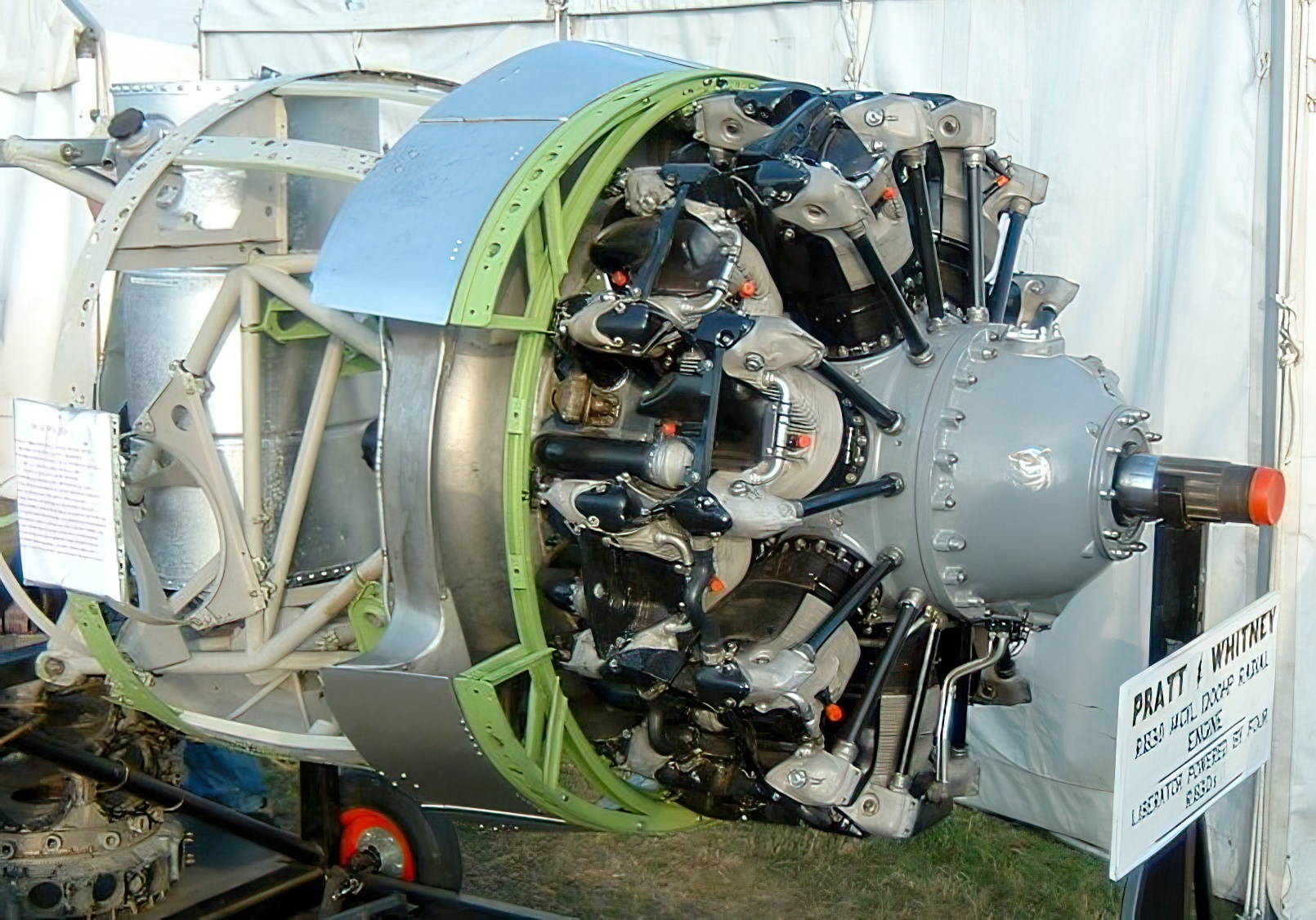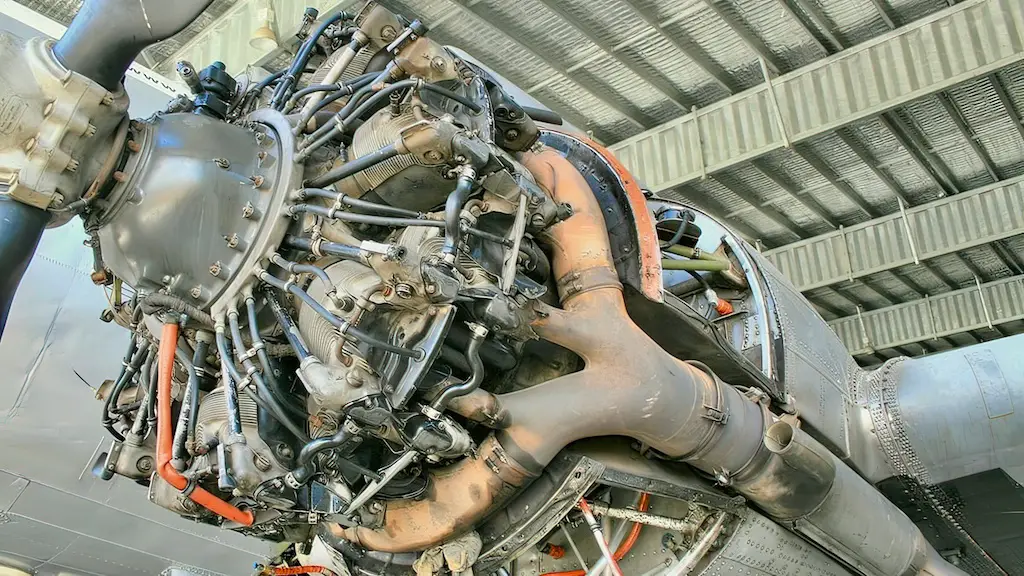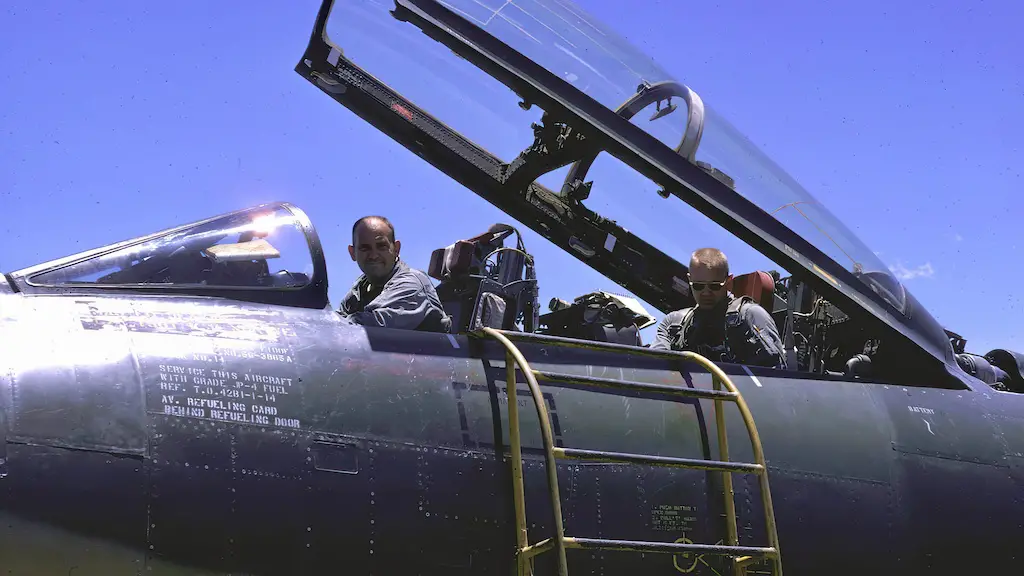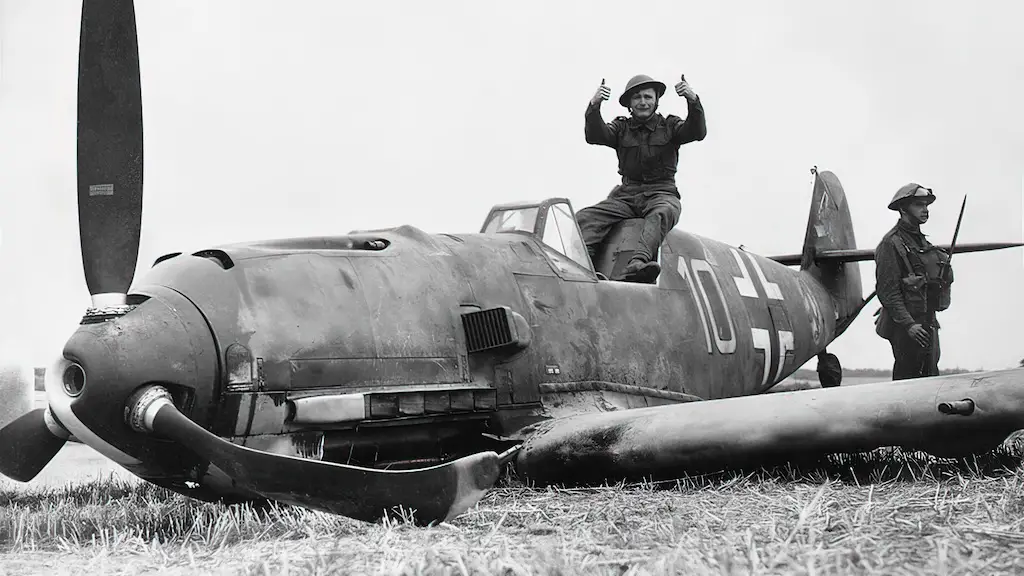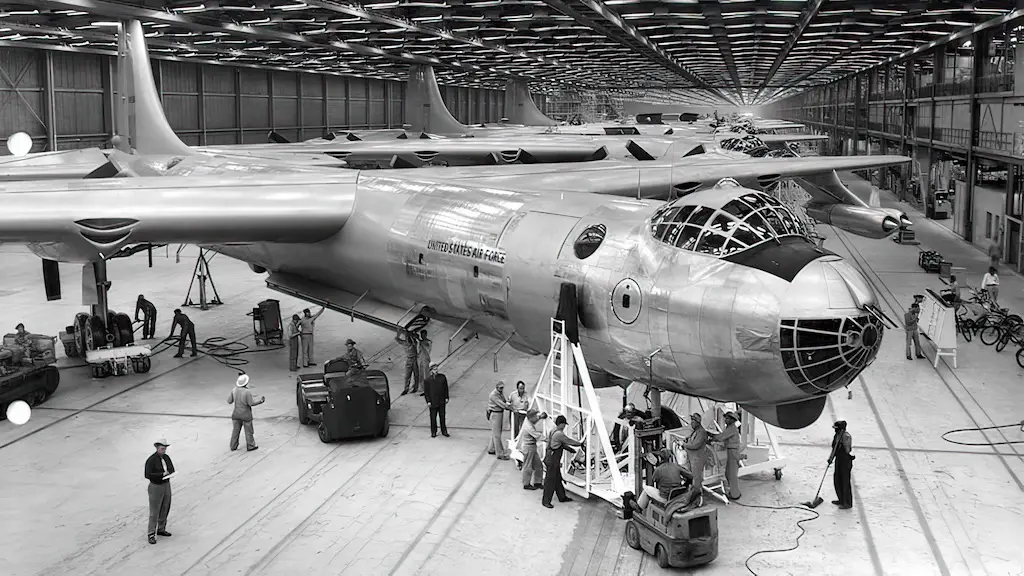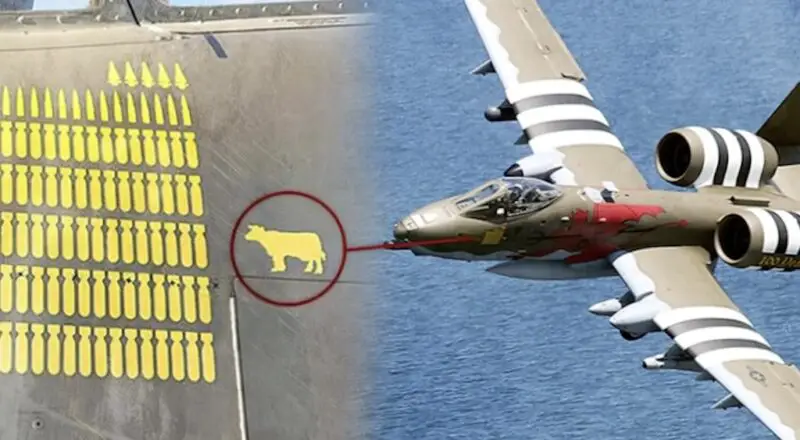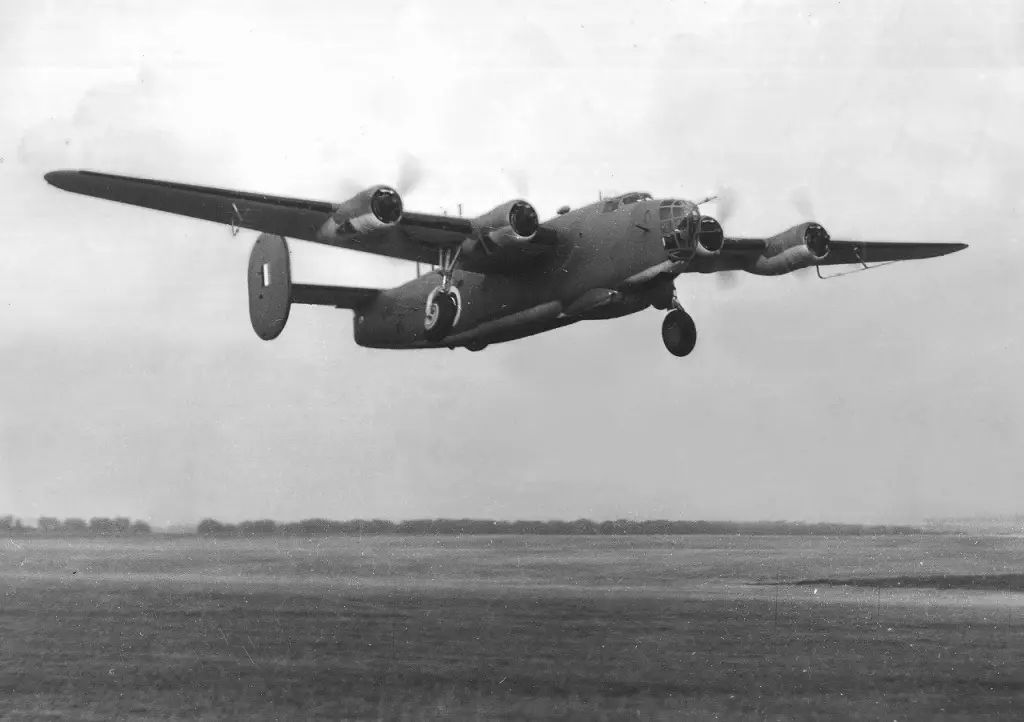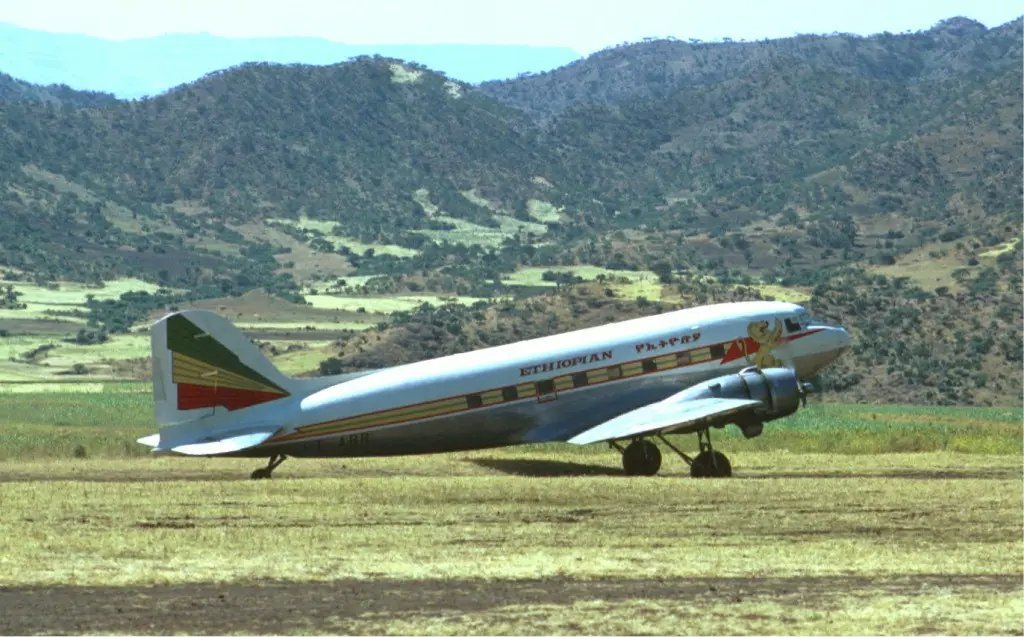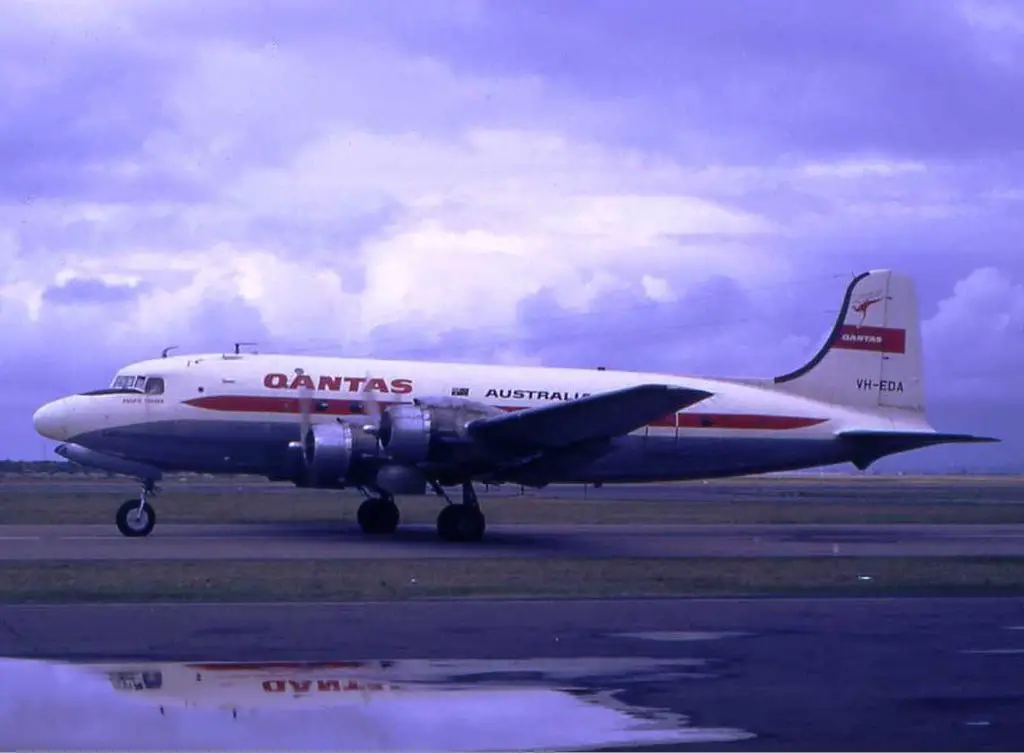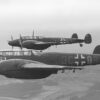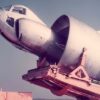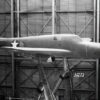Conception and Rise to Power
The Pratt & Whitney R-1830 Twin Wasp, an iconic piece of American engineering, carved a lasting legacy in aviation with its groundbreaking design and sheer horsepower. Back in 1929, Pratt & Whitney embarked on a quest to revolutionize air-cooled radial engine technology. Their answer lay in a novel twin-row configuration, which culminated in the birth of the Twin Wasp.
Sporting a displacement of 1,830 cubic inches and a bore and stroke of 5.5 inches each, the R-1830 emerged as an engine that was as reliable as it was powerful. When the assembly lines sprung to life in 1932, nobody anticipated the transformative impact this formidable engine would have on the world of aviation in the ensuing decade.
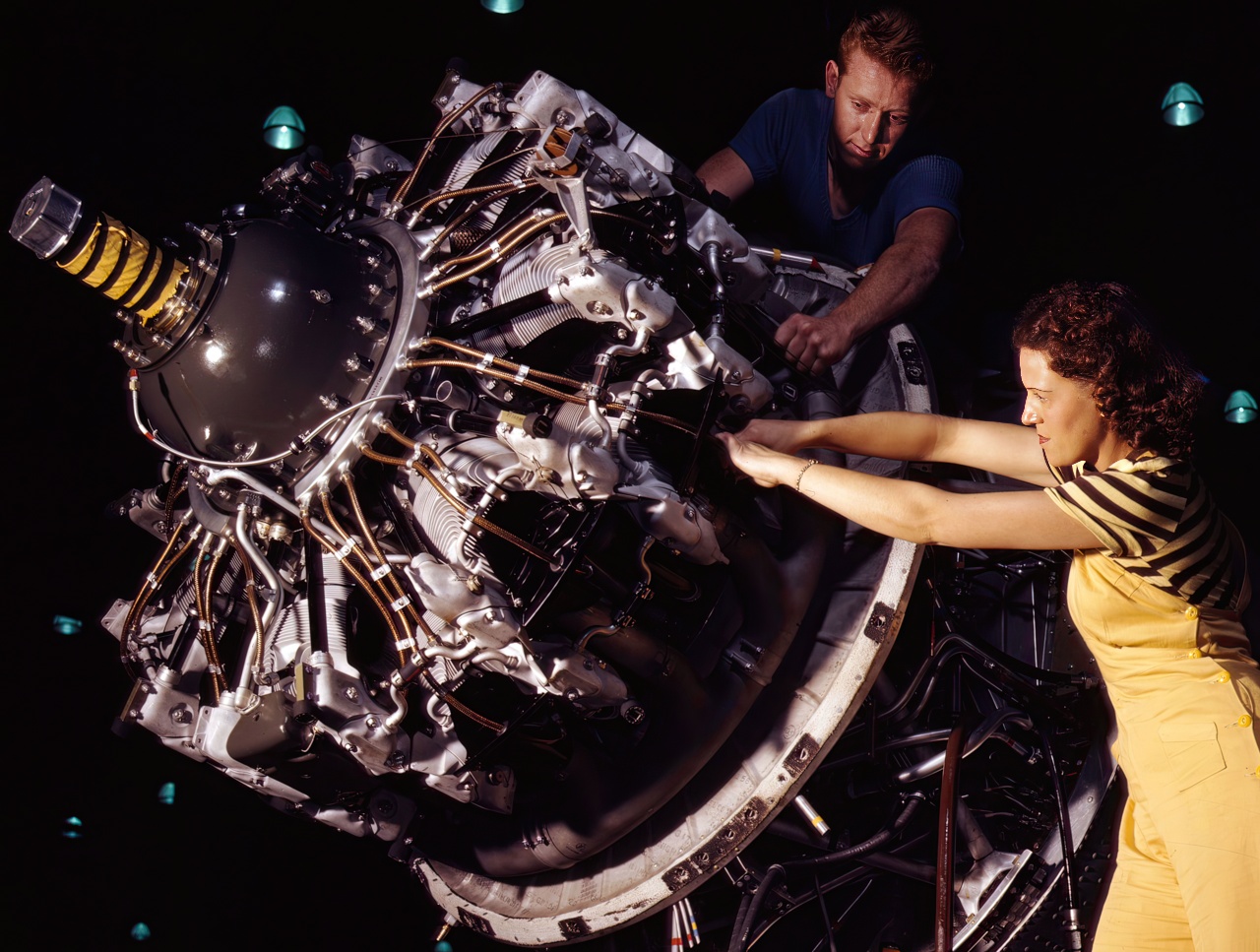
Roaring into the Skies
The R-1830, far from being a one-hit wonder, demonstrated its prowess by powering two of the most prolific aircraft of all time. The mighty Consolidated B-24 Liberator bomber and the efficient Douglas DC-3 transport both entrusted their performance to the Twin Wasp. This adoption led to a mind-boggling production of 173,618 R-1830 engines, crowning it the most-produced aviation engine in history.
The B-24 Liberator, armed with four R-1830 engines, became an instrumental player in the Allies’ strategic bombing campaign in World War II. Parallelly, the DC-3, propelled by a pair of Twin Wasps, rapidly gained traction in commercial air travel and military transport roles. From the bomb-scarred European skies to the emerging commercial airways over the United States, the distinct drone of the Pratt & Whitney R-1830 Twin Wasp became a familiar part of the aviation soundscape.
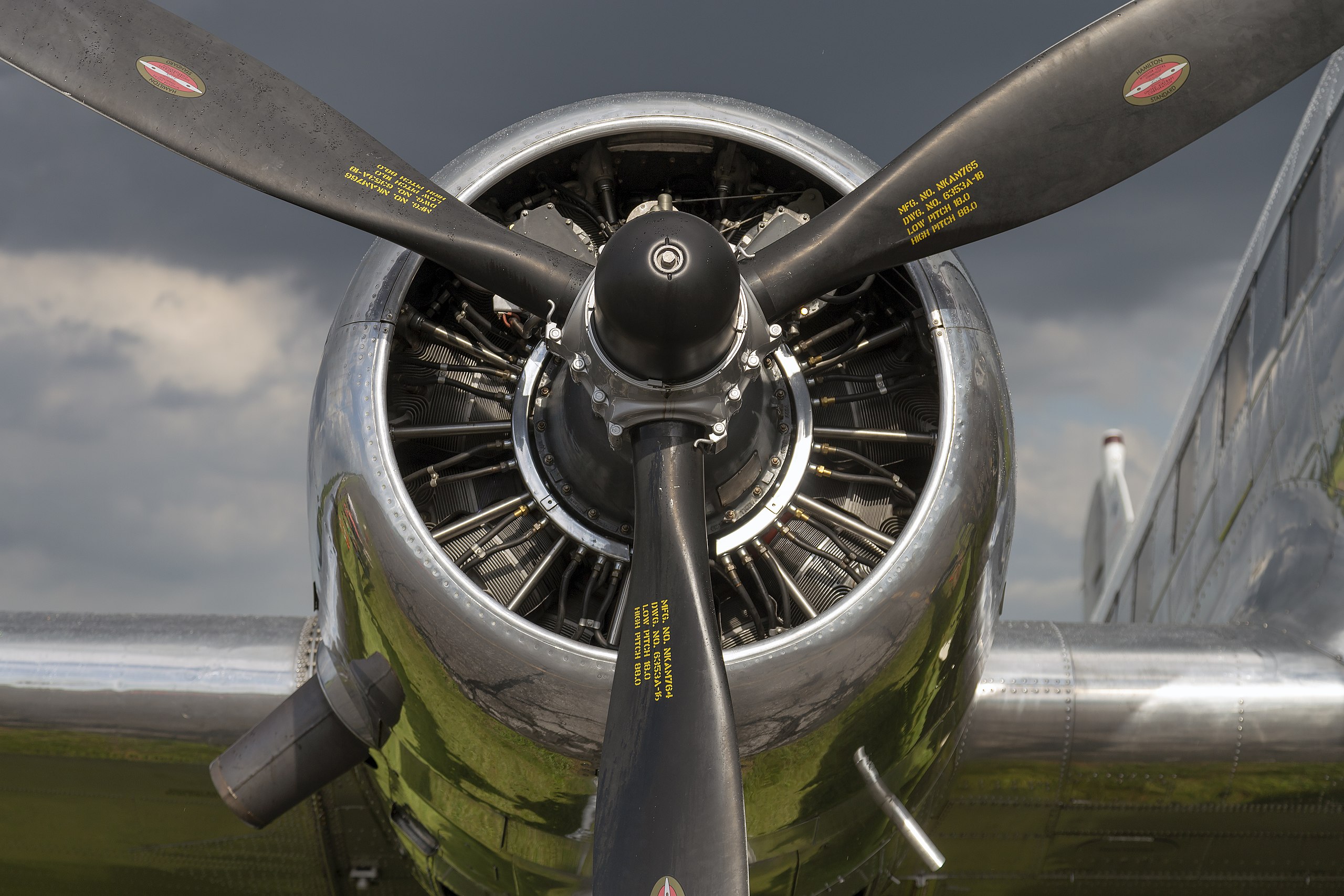
Supercharged Success
In 1942, the Twin Wasp evolved into the R-2000, a “bored-out” version with a slightly larger diameter of 5.75 inches. The R-2000 incorporated several minor adjustments to enhance fuel economy and allowed the engine to generate higher power ratings using lower-octane fuel. The Douglas DC-4, a four-engine propeller-driven airliner, became the primary user of the R-2000, underlining the engine’s role in both military and civilian aviation.
Retirement
Some Douglas DC-3 aircraft, along with various museum aircraft and warbirds seen at airshows, still operate on the reliable heartbeat of the R-1830. While manufacturing has ceased, a healthy market exists for second-hand engines and spare parts, keeping the legend of the Twin Wasp alive.
In museums worldwide, R-1830 models take center stage, reminding visitors of an era when this engine reigned supreme. From the Museo Nacional de Aeronautica in Buenos Aires, Argentina to the Smithsonian Institution’s National Air and Space Museum in Washington, DC, the R-1830 stands as a testament to an engine that defined a generation.
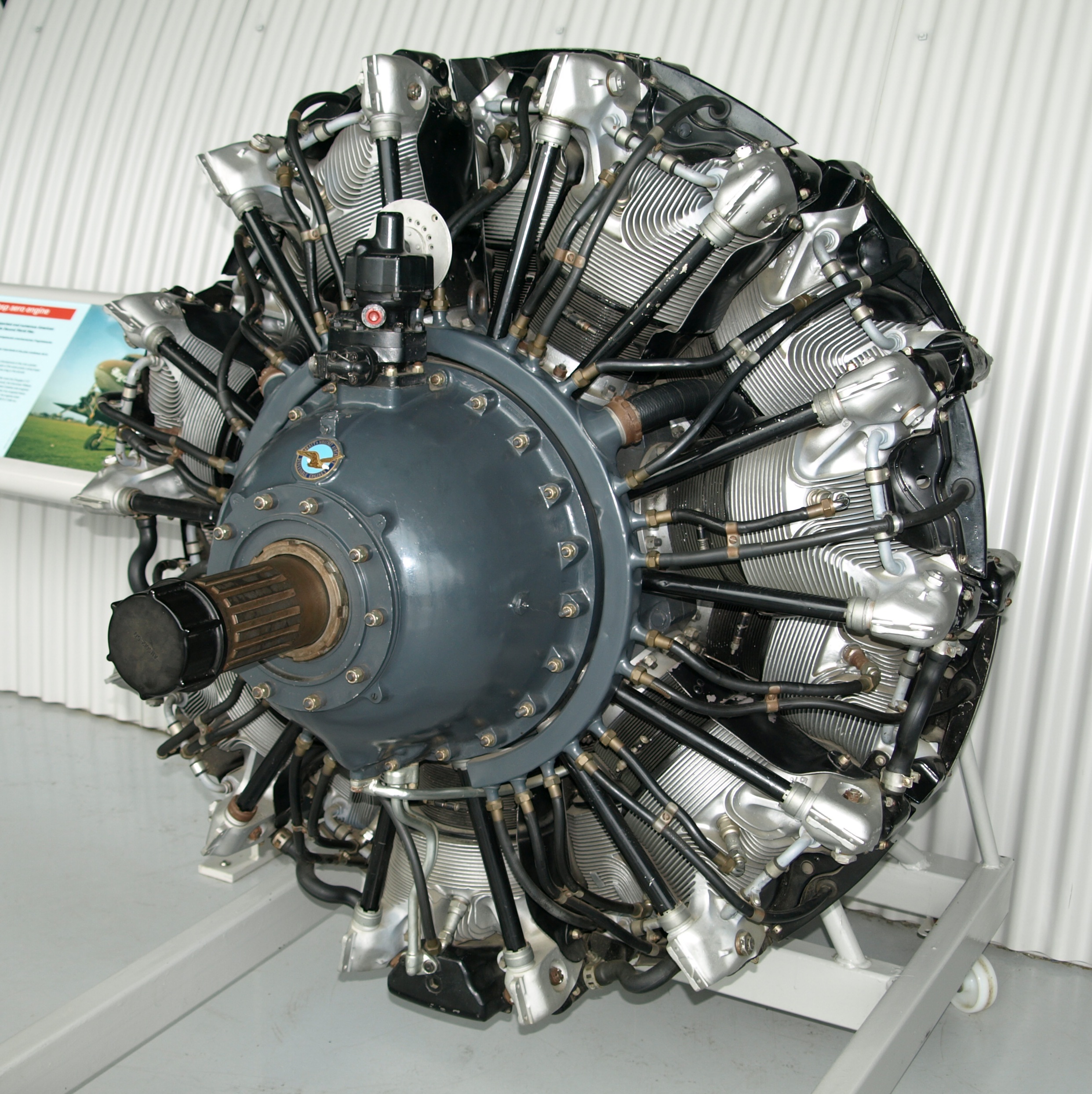
Final Salute
From its inception in the experimental labs of Pratt & Whitney to its indelible impact on World War II and commercial aviation, the R-1830 Twin Wasp exemplifies a blend of innovation, power, and reliability. Its impressive production run and the numerous aircraft types it powered underline its pivotal role in shaping the course of aviation history. As a reminder of this engine’s glory days, the distinct roar of the Twin Wasp can still be heard today, resonating through airshows and across museum floors, captivating the hearts of aviation enthusiasts worldwide.
